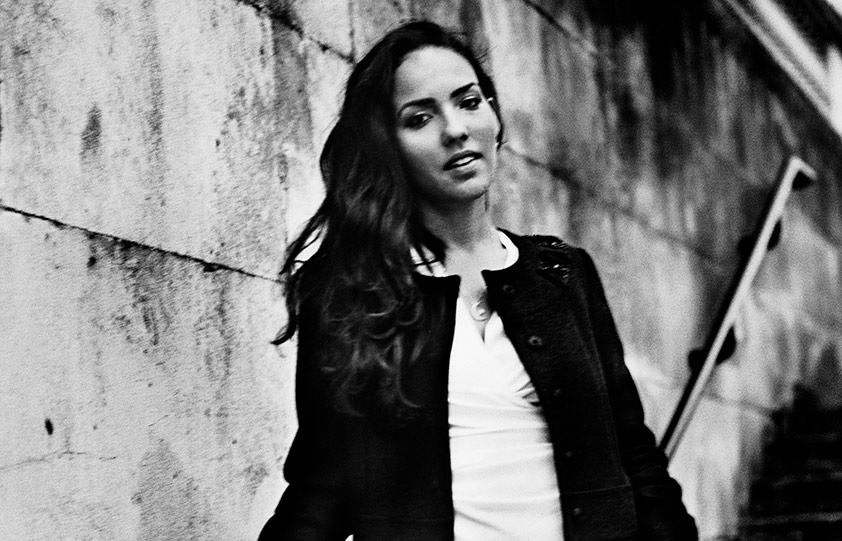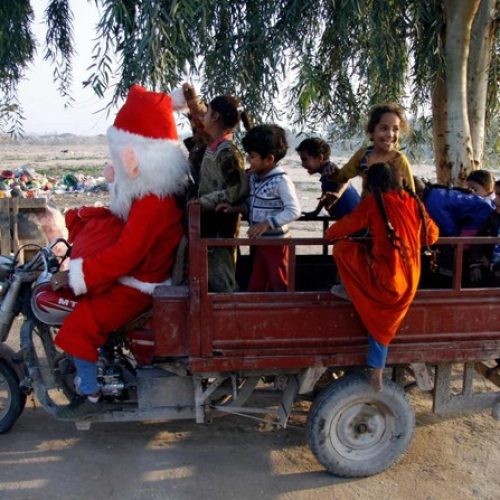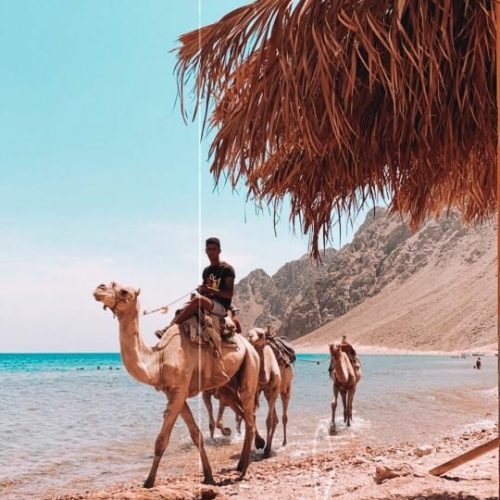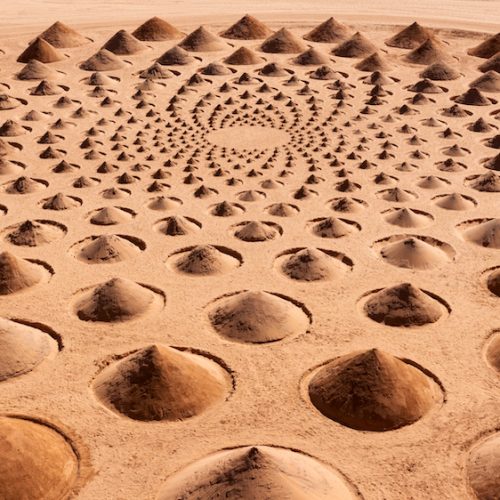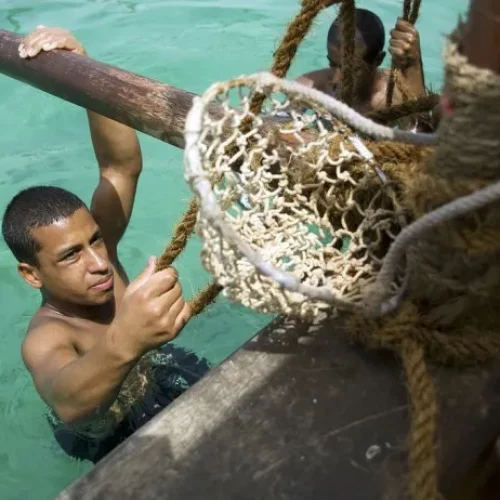The post 9/11 period—which is still unfolding—has been marked by a rise in the visibility of the Middle East, which has come back centre stage since the advent of the ‘Arab Spring’ and more recently again with the ongoing tragic destruction of historical landmarks.
As with most political overexposure, regional artists, have started to react and reflect, creating an undeniable growth in regional art scenes – and more importantly the art market has followed suit – particularly in the Gulf – and begun flourishing.
The most interesting thing about art in the middle east is the inherent mix of what is considered to be the most avant-garde type of art combining with what is supposedly the most traditional of societies. Which has quite simply left Western commentators dumbstruck.
Collectors have started to play a significant role in the region (which had few public spaces and policies dedicated to art until recently). One might think those collectors and patrons are stereotypical oligarch sheikhs strolling down Art Dubai alleyways, but the figures we’re choosing to spotlight are the young, dynamic players who seek to give more nuance to the regional art scene and support artist’s growth more directly.
Lina Lazaar
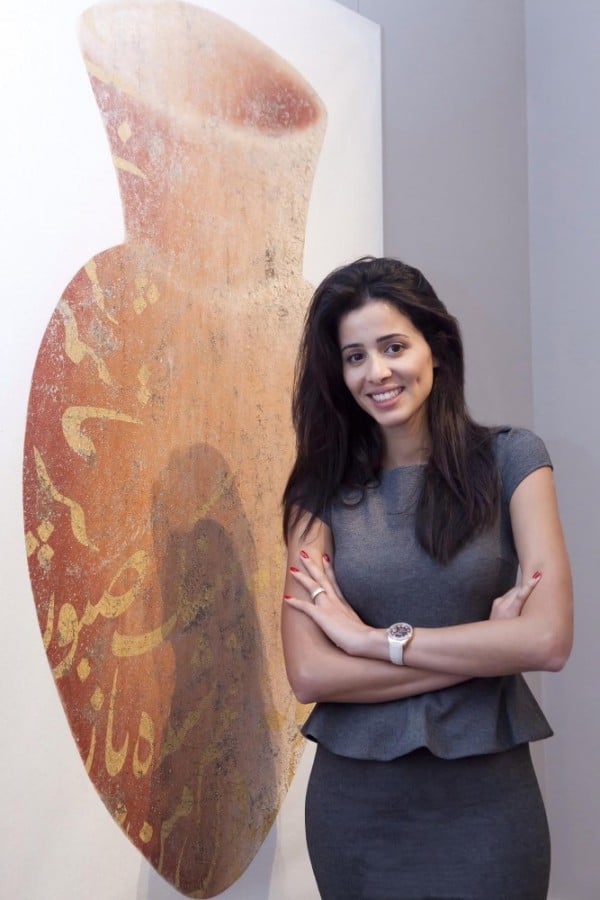
Born in Saudi-Arabia and raised in Geneva Switzerland, Lina Lazaar is the daughter of Tunisian collector and patron Kamel Lazaar. She studied statistics—to which she finds a certain poetry— at the London School of Economics, before joining Sotheby’s where she dealt with contemporary art, organising some of the most important Islamic Art exhibitions as well as Arab and Iranian Art auctions.
From that moment on, Lina never stopped: she created Ibraaz, an online plateform dedicated to art from the region, launched Jaou, an unprecedented city-wide art event in Tunis.
More recently, she curated the Tunisian Pavilion at the 2017 Venice Biennale, finally giving representation and notoriety to her country, which has up until now, been absent from the international art map since 1952. “I am obsessed with being immersed in powerful ideas,” she says, “Artists are my counterparts in that dialogue. Collecting just happens to be the fortunate outcome of that ongoing conversation.”
Dana Farouki
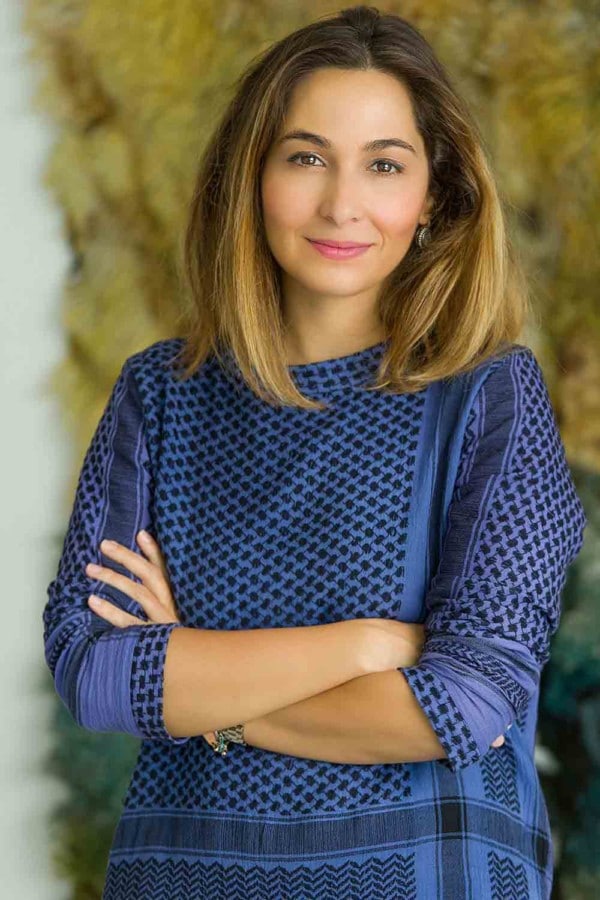
Born and raised in Washington DC, Dana Farouki is a Palestinian-American collector, curator and patron, who now splits her time between Dubai and New York. She is passionate about art and artists from the region and advocates various cultural initiatives that increase the flow of work moving from the Middle-East to the rest of the world.
Amongst her many other involvements with international institutions (she sits on the boards of MoMA PS1, Art Dubai and Creative Time), she is also the chairperson for the Abraaj Group Art Prize, which recognises and awards mid-career artists from the Middle East, North Africa and South Asia.
“At some point I came to the obvious realisation that collecting art is directly related to supporting an artists’ career.” She says, “Collectors play an essential role in providing support to artists in a truly fundamental way. I love to make that kind of direct impact — supporting the most talented artists and playing some part in making their work possible.”
Tony Salamé

Tony Salamé started his career in fashion, building an empire of retail stores in Beirut under the name Aïshti. Art came later, but was worth the wait. In 2015 he opened a five-storey art foundation (built by critically-acclaimed architect David Adjaye) in Jal El Dib, and recruited top curator Massimiliano Gioni (the artistic director of the New Museum in NYC).
As with fashion, Salamé has an obsessive compulsive passion for art (he doesn’t usually buy just one piece, but an entire exhibition). He started with Arte Povera in the early 2000s, but is now very active in acquiring young international artists and giving them visibility in Beirut. In response to comments that have been made about not engaging enough with the local scene, Salamé explains, “We always envisioned creating a platform that would welcome our collection as well as the works of our Lebanese artist friends.
In the process, we discovered that several museums dedicated to local art were already in existence or in the planning stages. Therefore we decided that the aim of the Aïshti Foundation would be to put international contemporary art within reach of the Lebanese public and Lebanese artists, so as to enable creators who do not have the opportunity to travel and visit galleries and fairs abroad to discover what’s being done internationally – and to nurture their inspiration.”
Alia Al Senussi
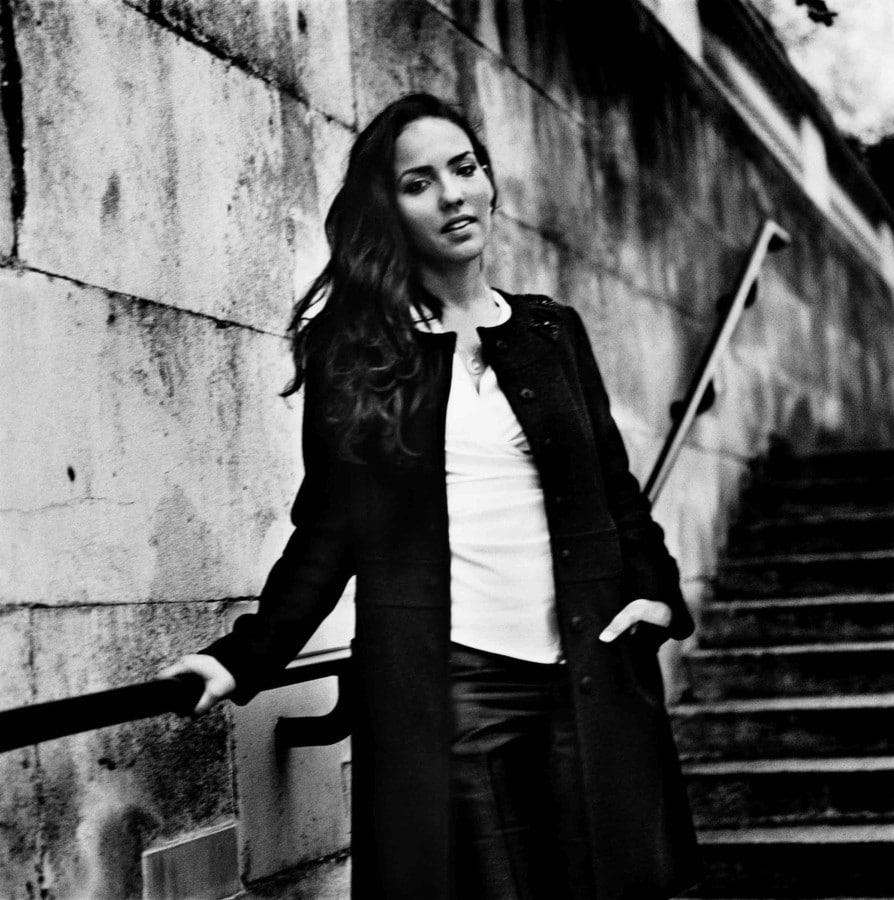
34-year-old Lybian Alia Al-Senussi, grew up in Cairo, and ended up in London where she is today – and is easily one of the most important figures in Middle-Eastern contemporary art. She serves on boards and committees at institutions like the Tate, Serpentine, Guggenheim, ICA London, Parasol Unit and Art Dubai, and one of her main goals is to assist the organisations she works with in understanding the intricacies of the Middle East – and Libya in particular.
While she’s very active in promoting her cultural heritage, she’s also hell-bent on supporting a younger generation of artists and giving them a chance to change the perceptions of the region. “My hope has been that by educating artists and patrons, we can then educate the wider population on the benefits that art can bring to their everyday lives, not only by beautifying the communities where one lives, but also by promoting more creative ways to solve problems, bridge differences and build community sentiment and strength.”





